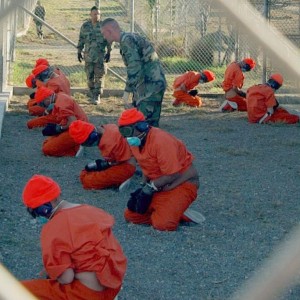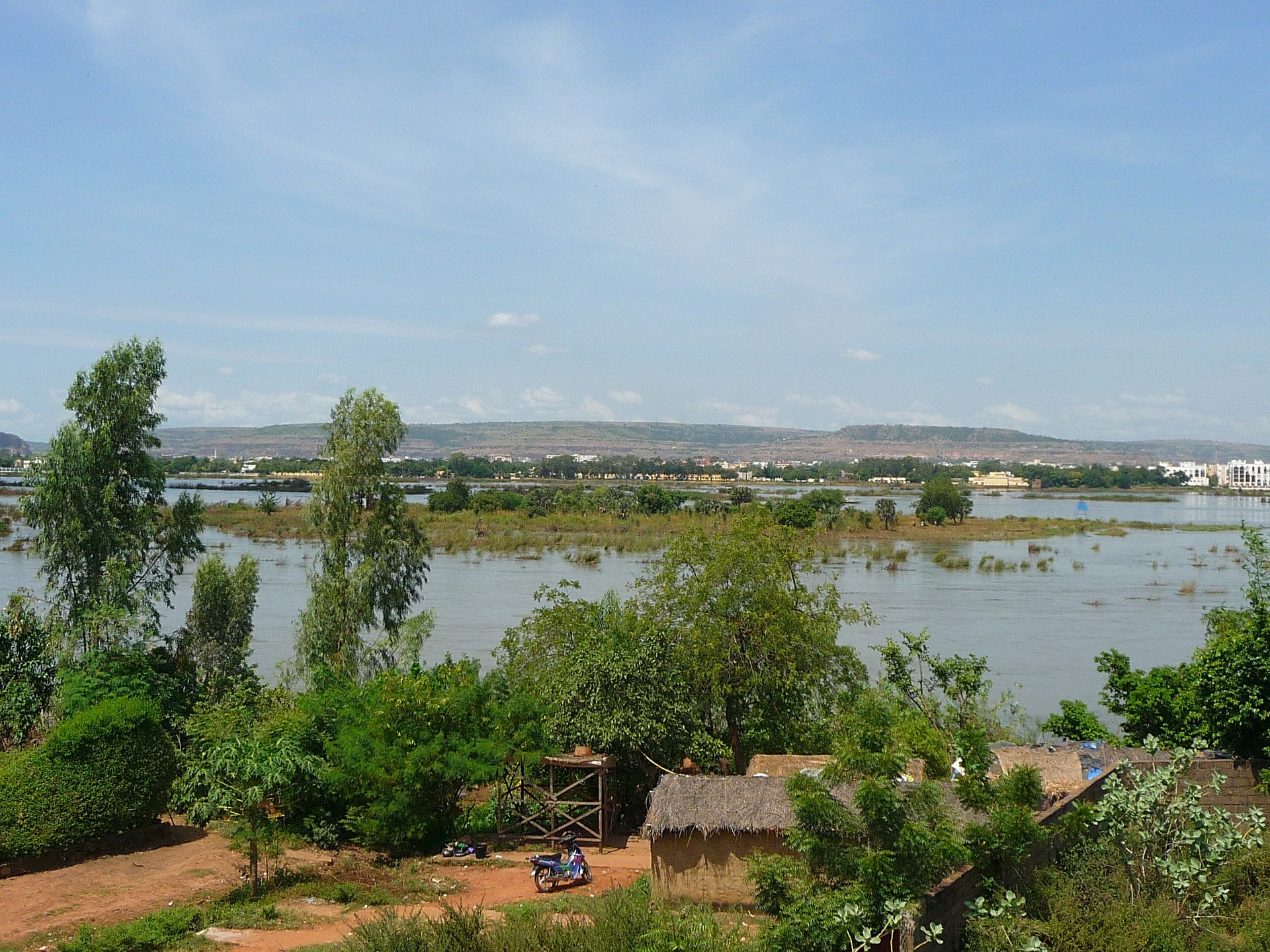Daniel Hye is a MSc Human Rights candidate at LSE with special interest in counter-terrorism and human rights in armed conflict. He holds two Bachelor’s degrees in Political Science and Humanities with research stays at the University of Vienna, Rome and Havana.

At the beginning of the 20th Century, eight soldiers were killed for every civilian on the battlefield. Just over 100 years later, the ratio has reversed, and eight civilians now perish in war for every solider. This dramatic reversal is even more disturbing considering the normative protections for civilians during times of war contained in the Geneva Conventions.
Fundamental changes in warfare and the global rise of complex civil wars – for instance in Syria, Iraq, South Sudan, Yemen, Libya and Ukraine – have blurred the formerly distinct lines between “lawful“ and “unlawful“ targets. The question of how to define the enemy is now saturated with ambiguity. Empirical evidence shows that modern conflict and especially the “war on terror“ has turned the category of the civilian into an empty shell for those who have been deprived of their right to life, and an excuse for those that act in the name of the lesser evil.
The original use of the term “civilian” dates back to Europe’s colonial enterprise, when the term was applied only to white European civil servants on foreign soil. Only in 1977, with the Additional Protocols of the Geneva Conventions, was a formal definition of the term “civilian” reached. The Additional Protocols define a civilian as any person not part of an armed force or militia. Civilians, so defined, are granted general protection in combat by the Additional Protocols. However, contemporary conflicts often involve actors who do not fulfil the definitional requirements of either combatants or civilians, creating a problematic legal vacuum.
This shortfall in protection under international humanitarian law can be explained by the asymmetry of the actors involved in armed conflict due to differences in their sovereignty, constitution and capacity, the military technology they use and the reach of their actions. This development, as seen in the US-led “war on terror”, as well as in counterinsurgencies in “ungoverned spaces” such as Somalia and Yemen, is accompanied by a civilianization of conflict. Instead of a passive audience hidden behind the curtains of traditional warfare, the civilian has become an active target in a participatory theatre of its most brutal kind. The attempts to redefine the fault-lines of decades-old wars in Africa and the Middle East, where the dividing line between victims and perpetrators cannot be drawn sharply, further consolidates the two normative concepts of universal human rights and state sovereignty into one single contradictory discourse.
The controversy surrounding the expansion of the meaning of “international armed conflict,” advocated by the US, and consequently the applicability of international humanitarian law beyond a defined battlefield, has played out in politics and academia. And so has the dispute over the distinction between those who deserve to be killed and those who do not. The application of extrajudicial killings, racial profiling and indefinite detentions within exceptional juridical spaces, such as Guantánamo Bay, reflect the poor status of the “civilian” who is trapped between the principle of military necessity and the inalienability of basic human rights. The numbers speak for themselves. Between 2006 and 2009 alone, the collateral damage of US drone strikes targeting 14 “terrorist leaders” also killed 700 civilians. During “Operation Enduring Freedom” in Afghanistan 600 communities were exposed to hostilities. A different study on the invasion of Iraq in 2003 suggests that some 655,000 civilians have died as a result of the invasion. The death of those people was balanced against a “greater evil,” raising the question of whether the protection accorded to individuals under humanitarian law is lesser or higher than under human rights law.
The act of balancing military necessity and the basic requirements of human life in armed conflict touches on the question of who in fact should be entitled to define the legitimacy of a target and, consequently, to enact “legitimate” violence. Especially in the context of counterterrorism activities that are justified under humanitarian law, the relevance of either the humanitarian or human rights law framework is determined by which of those two is less of a barrier to military operations. This becomes clearer, for instance, when reflecting on a 2012 speech by John O. Brennan, Assistant to the President for Homeland Security and Counterterrorism, in which he claimed that the US was involved in an “armed conflict with Al-Qaida, the Taliban, and associated forces, in response to the 9/11 attacks.”
The increasingly blurred line between civilian and combatant was also evident during Israel’s assault on southern Lebanon in 2006, when Israel’s Minister of Justice concluded that “everyone in southern Lebanon is a terrorist and is connected to Hizbollah.” By instructing the civilian populations to leave their homes and to move to other areas (while not giving any support or incentive other than the threat of being killed) the landscape of southern Lebanon was meant to be rendered empty of civilians. 970,000 people were subsequently displaced by the hostilities.
The instrumentalisation of individuals during times of war has also led to a perception of civilians as illegitimate and suspicious. In Gaza, for example, the entire population was blamed by some for electing Hamas into power, a ridiculous argument considering that as of June 2014 more than 60 per cent of the population was under the age of 24 and, therefore, had not contributed to Hamas’s election. The same argument was made in reference to Afghanistan, where civilians were said to have deserved to lose protection because of their alleged support for the Taliban regime. A reverse version of this view can be found in a statement made in 2005 by Mohammad Sidique Khan, mastermind of the London terrorist attacks. In a video podcast recorded before the attacks he claimed that the civilians in the West were directly responsible of the deaths of Muslims when they supported democratic governments that perpetrated atrocities in the Middle East. Khan applied the very same principle found in Western military discourse: that populations are responsible for the actions of their political elites and representatives.
Counterinsurgency operations within the boundaries of foreign nations (often already deeply affected by crises) not only contribute to the erosion of basic principles of international law – including state sovereignty and non-intervention – but also make it impossible for families of killed civilians to seek redress. The politics surrounding these operations and the overarching counter-terrorism discourse provide opportunities for governments to pose perils to freedom. Autocratic governments like that of Sudan get credit for sharing information with the US on extremists whilst pursuing mass killings in Darfur and committing genocidal actions in South Sudan. Since 2001, the US has killed individuals, including civilians, in Yemen and Somalia without any accountability. These practices stifle the idea of equal civilianhood and result in the further abuse of people living under autocratic regimes. What distinguishes citizens from stateless individuals when state sovereignty becomes blurred and human rights are not claimable? Like stateless people, as political theorist Hannah Arendt pointed out, it is also the civilian that is in need of human rights, but also the least likely to be protected by them.
In the context of these changes in global conflict and warfare, is the category of the “civilian” still meaningful or useful? Empirical evidence shows that criteria for identifying friend and enemy are far from objective. Competing political interests that approach ethnic discrimination, abuses of power and biased views on conflict dynamics put the innocent, the weak and the non-militarised in danger. In the few examples presented here, it is clear that the legal and theoretical concept of the “civilian” is no longer appropriate. Its manipulated application contradicts the principle of protecting human life on which it is founded.

